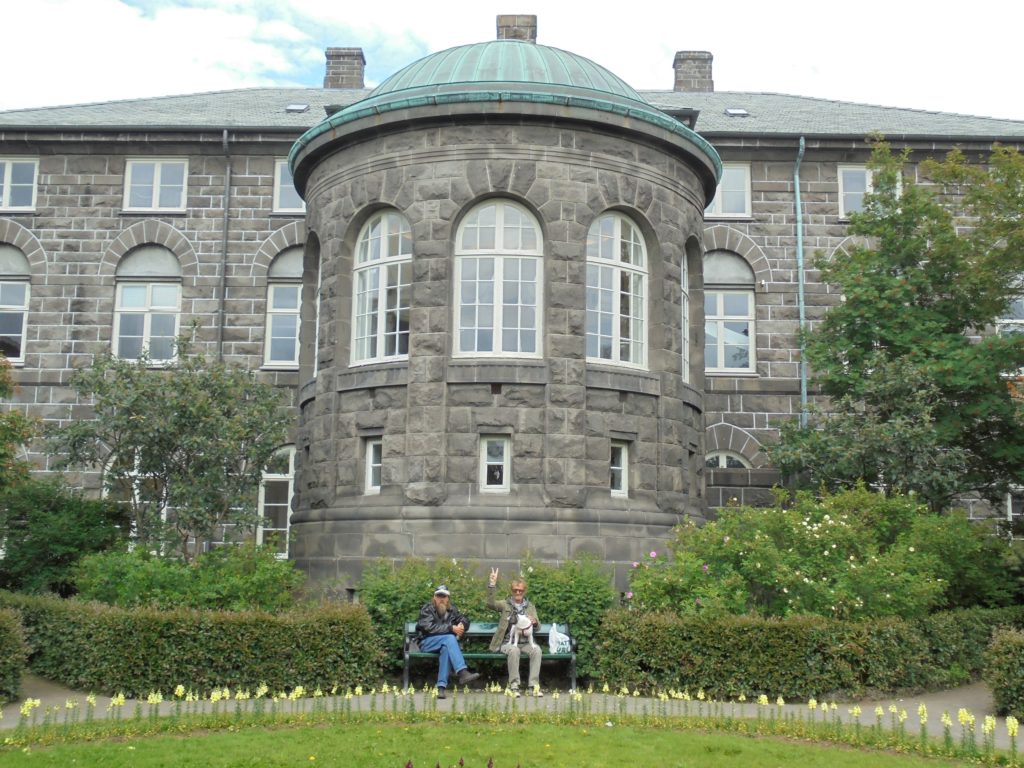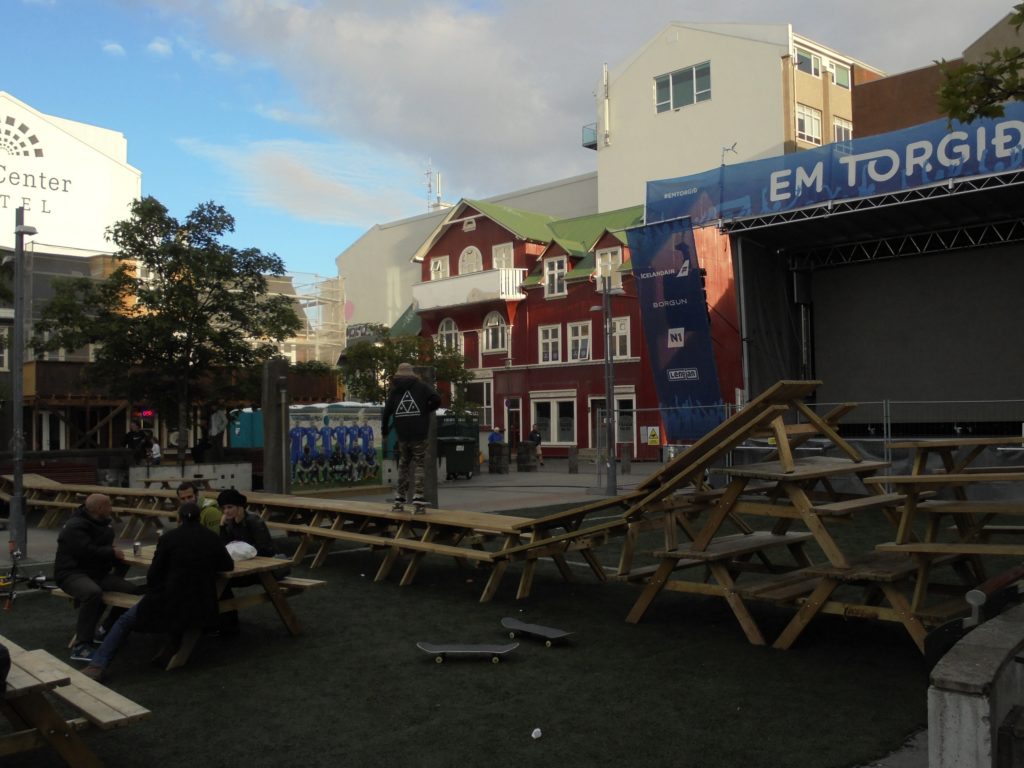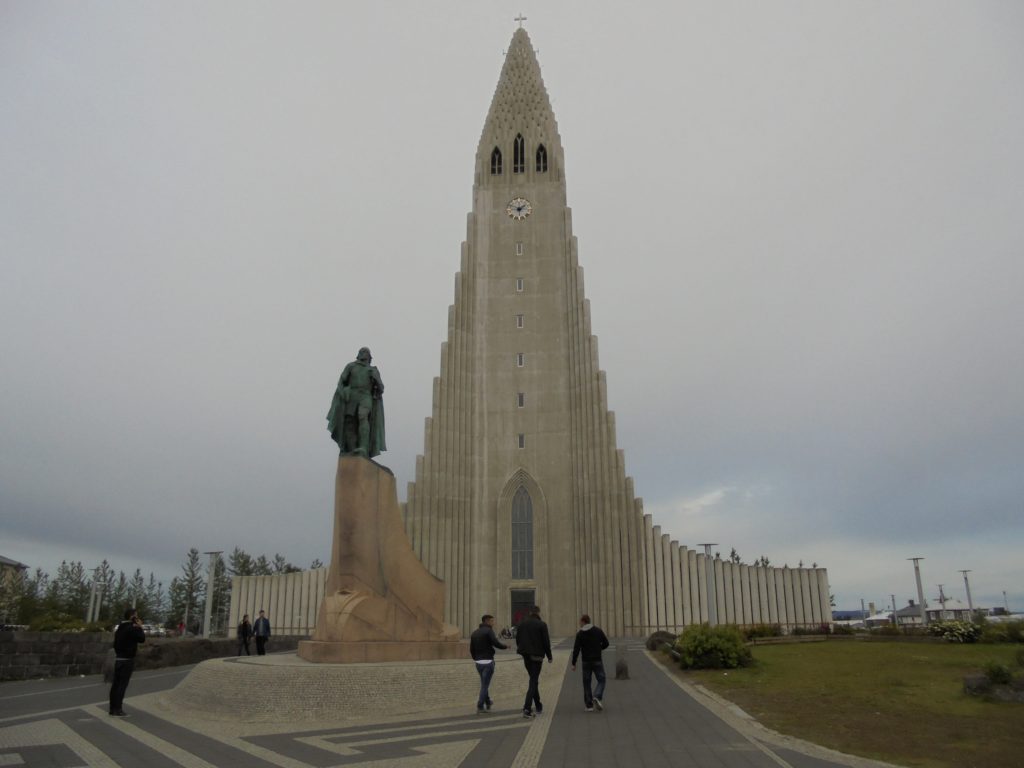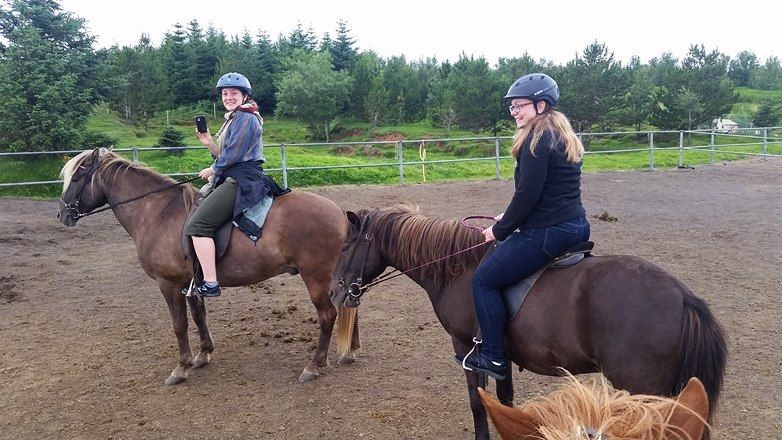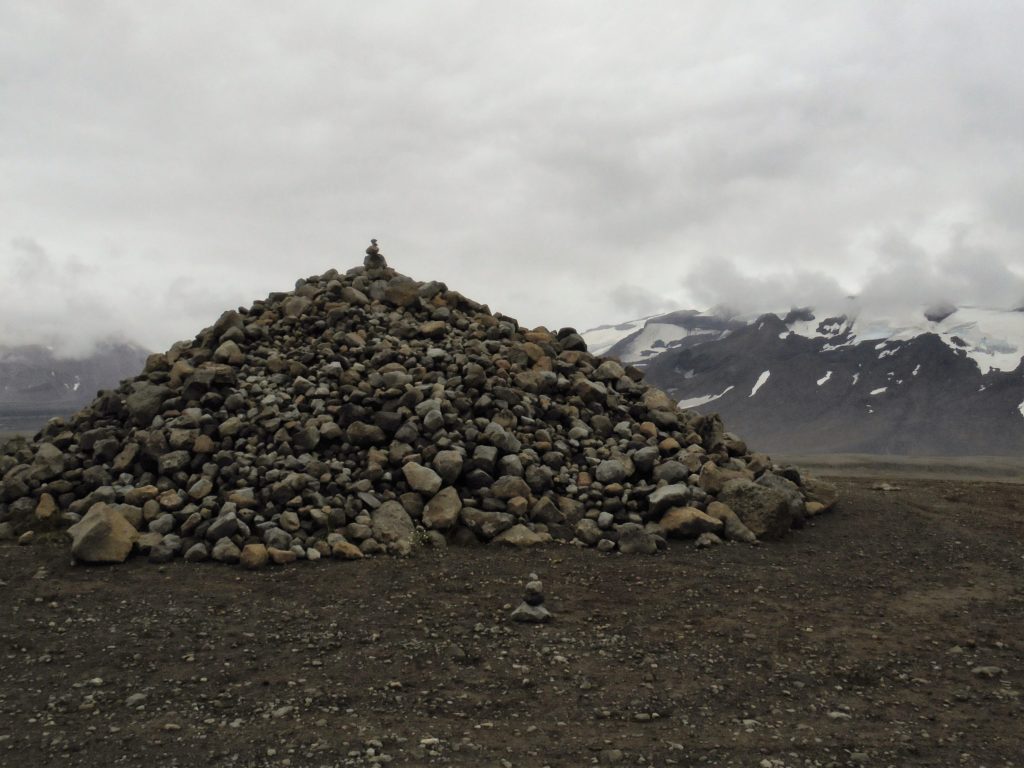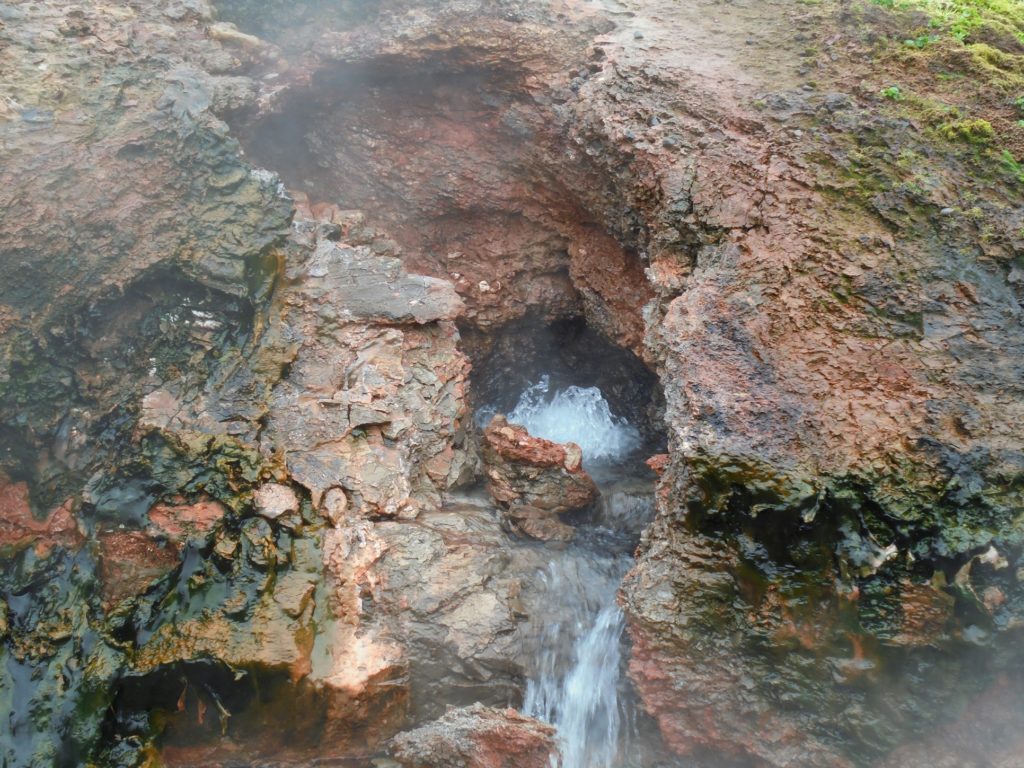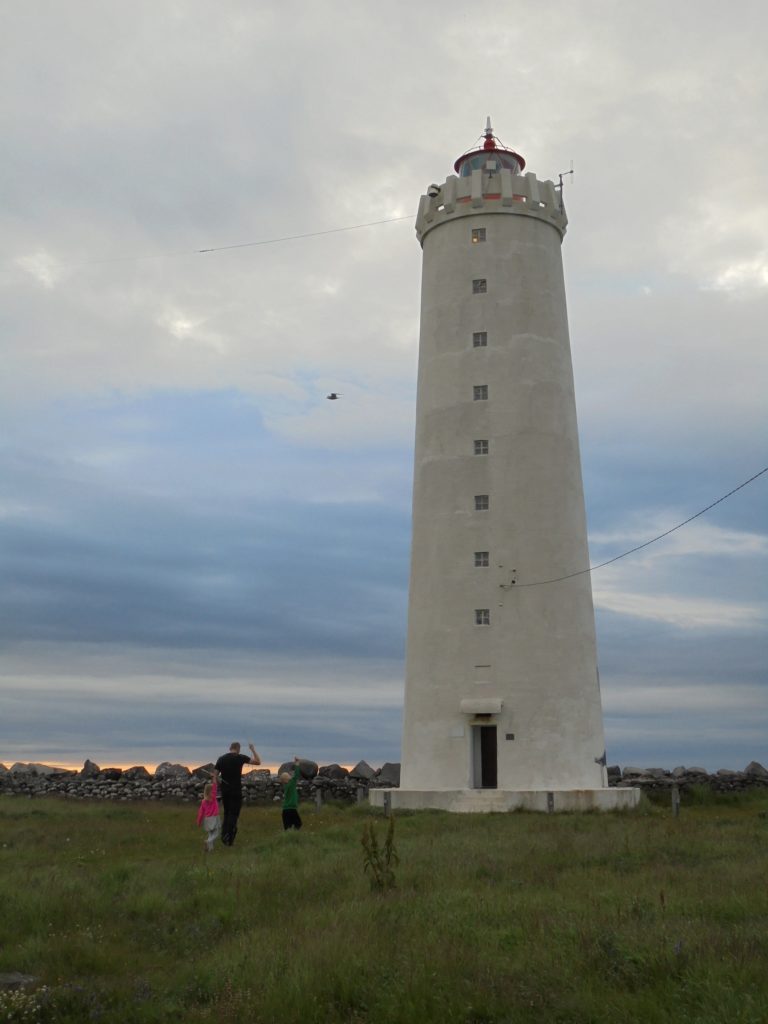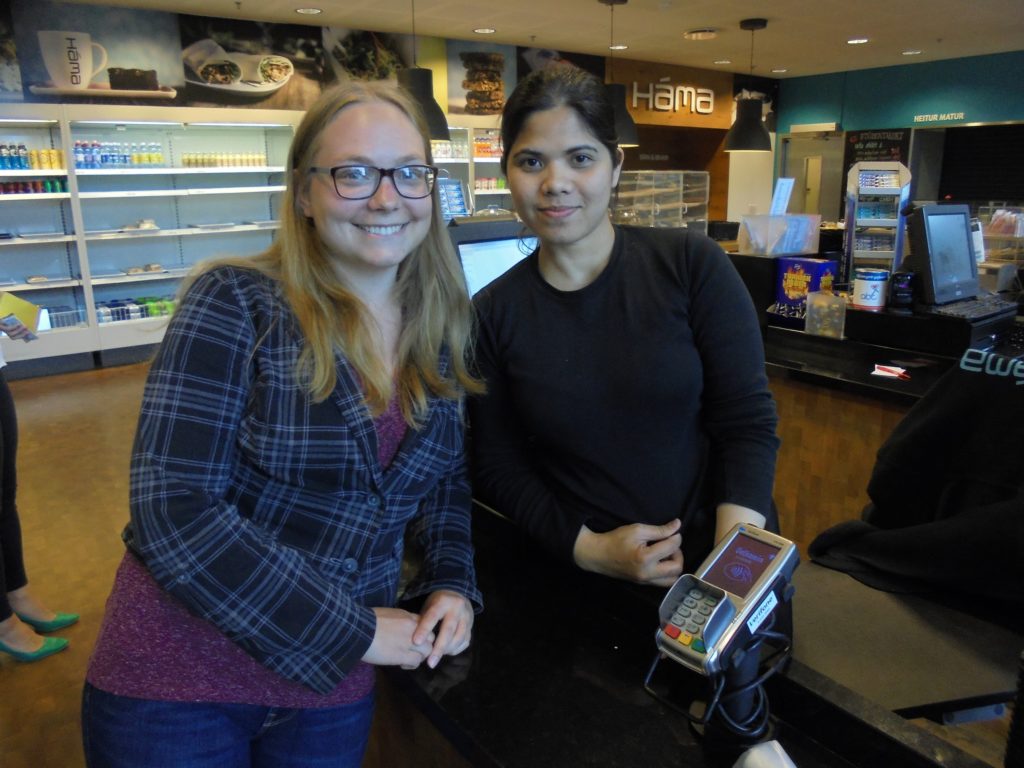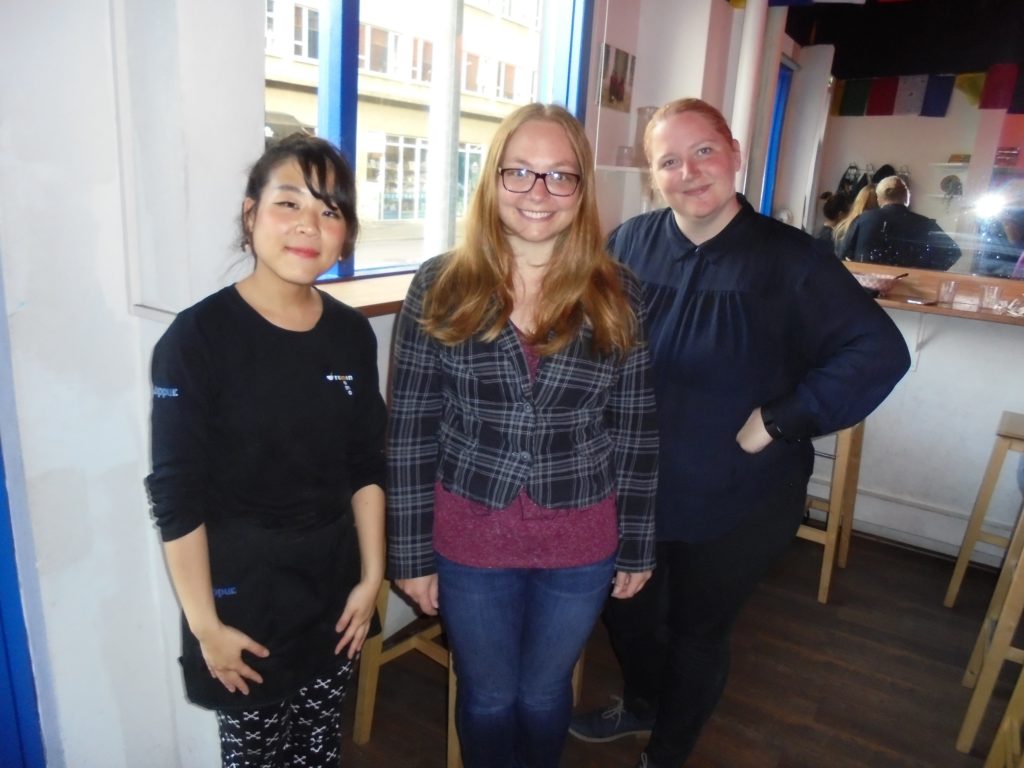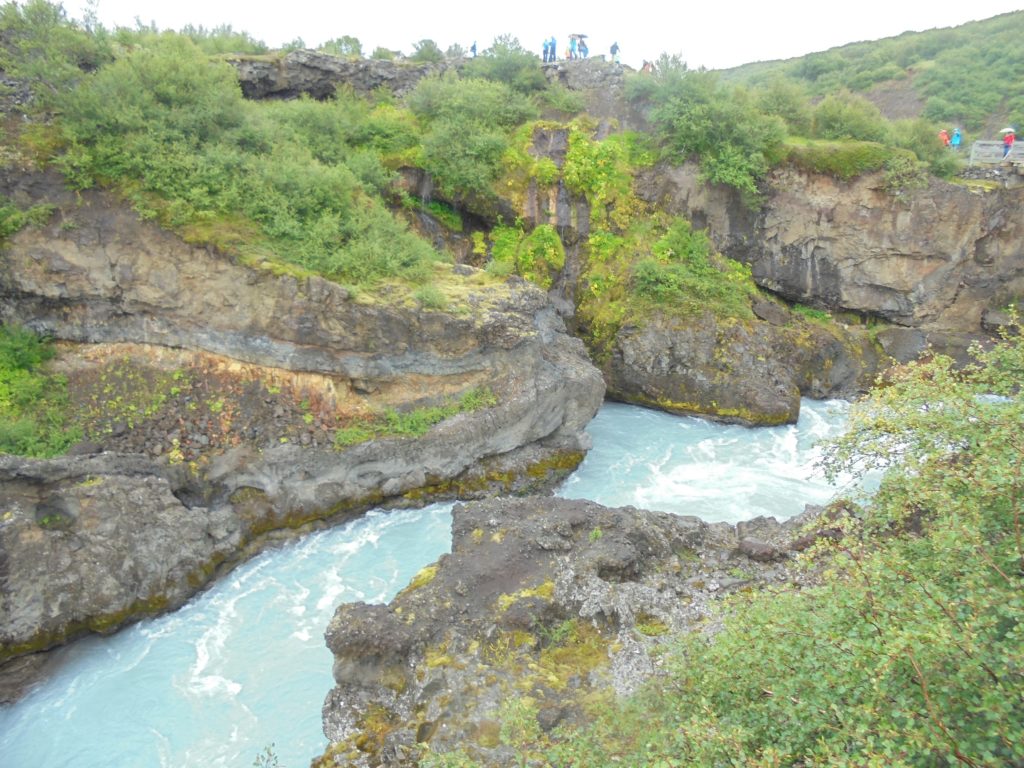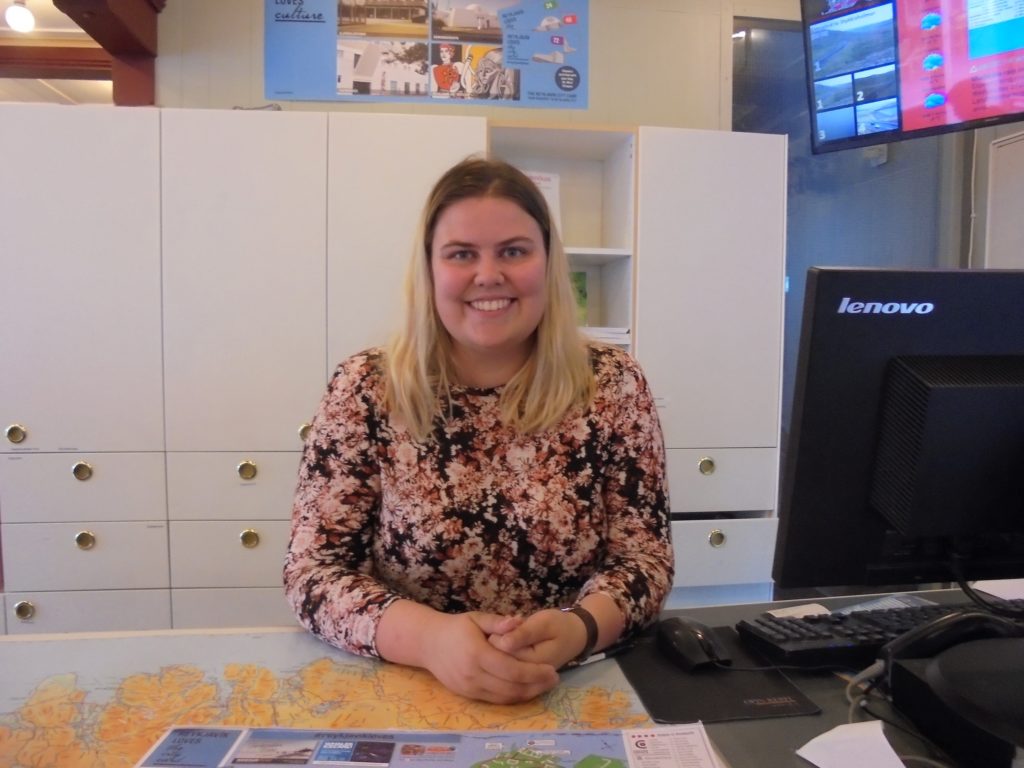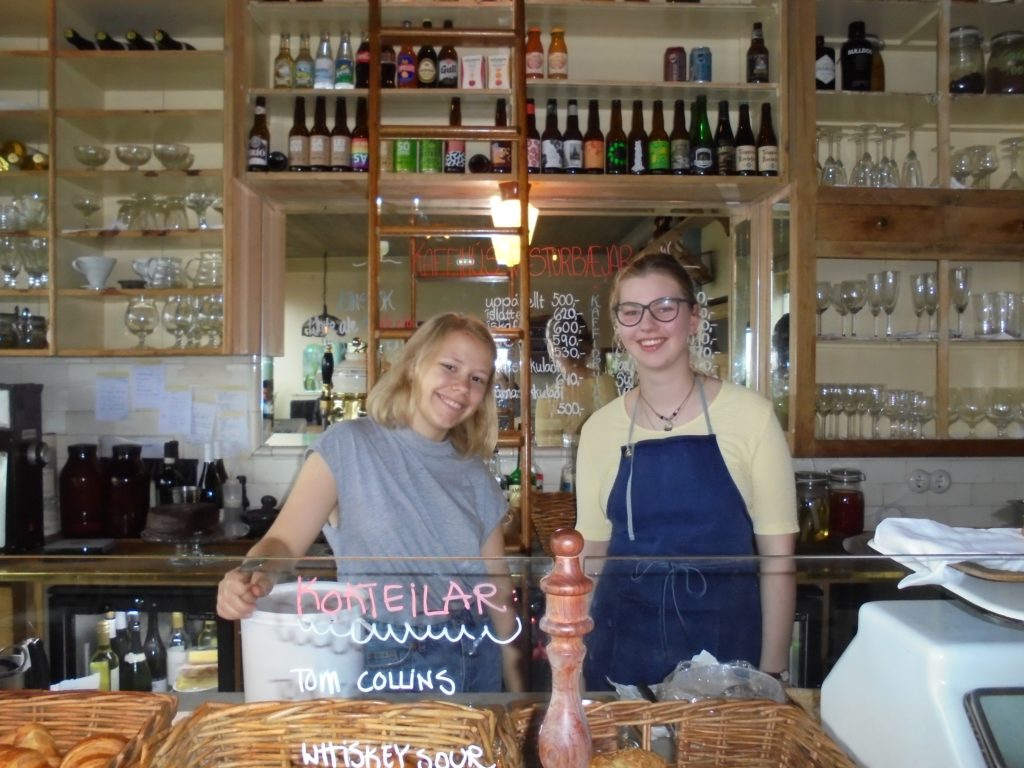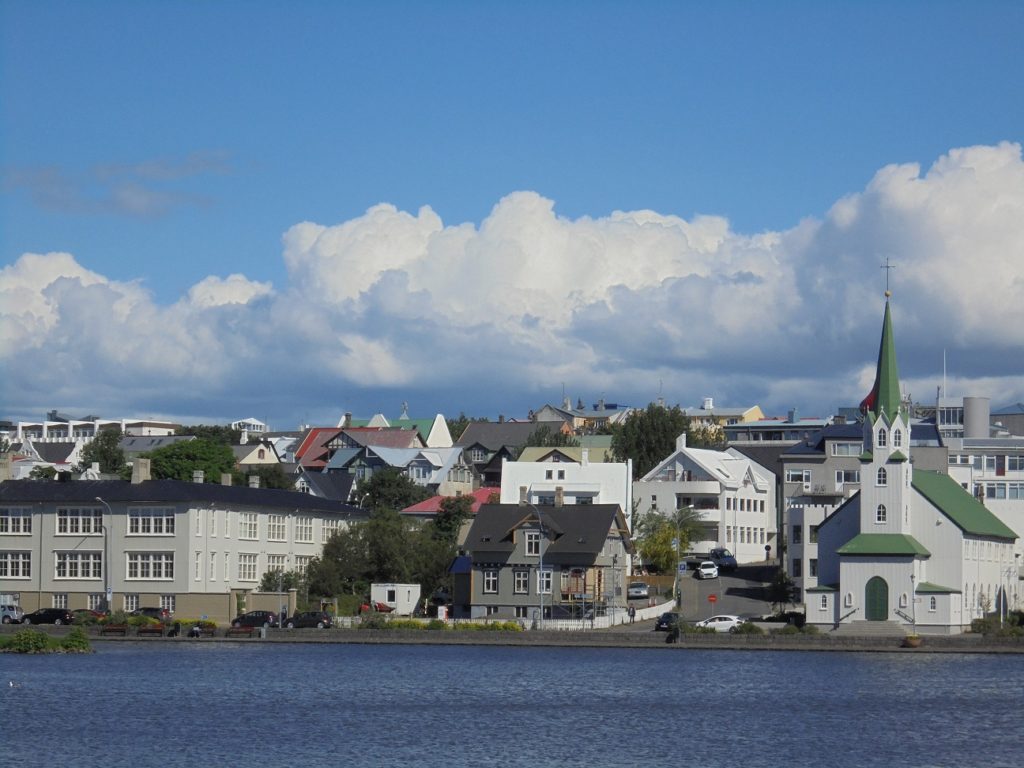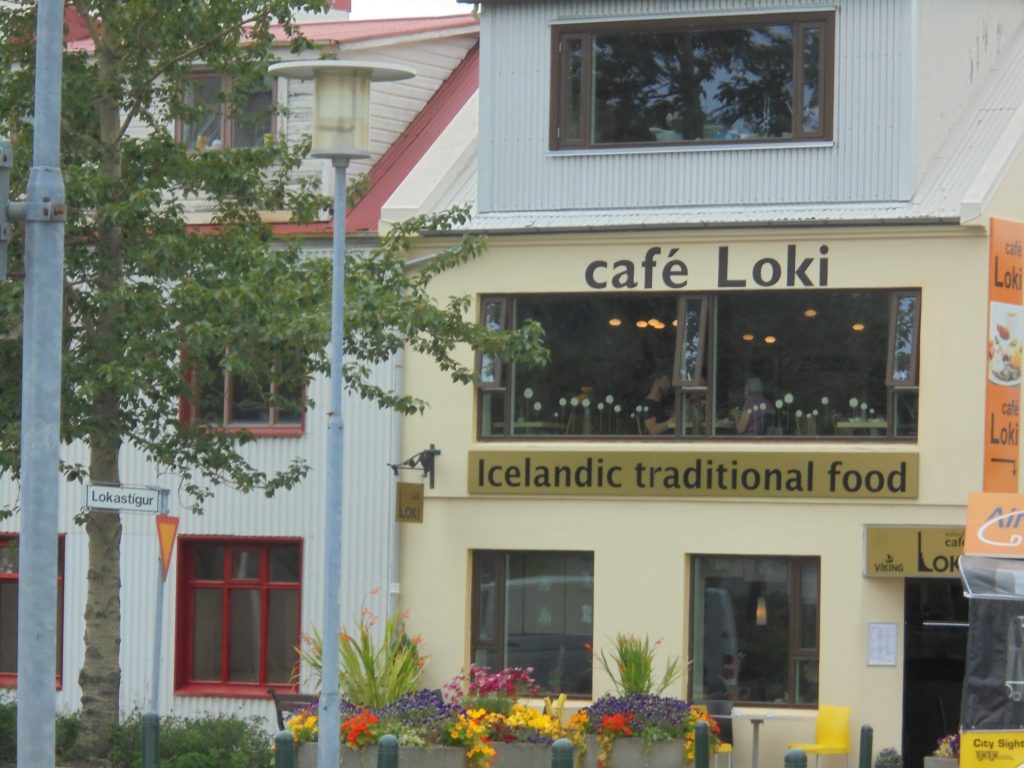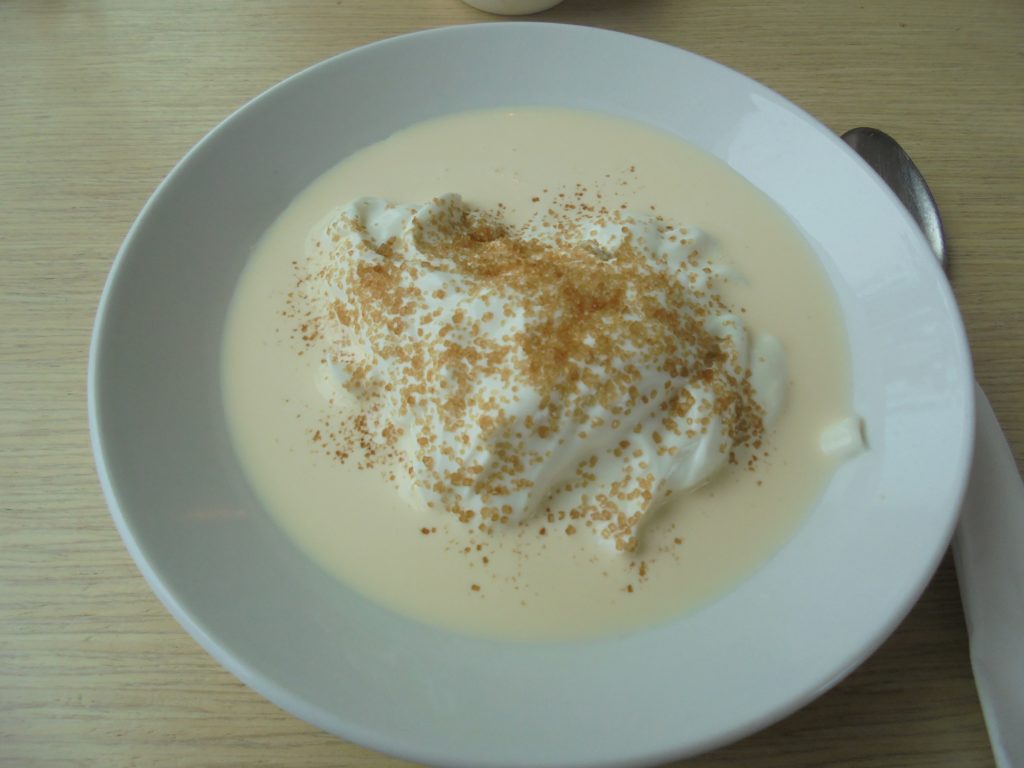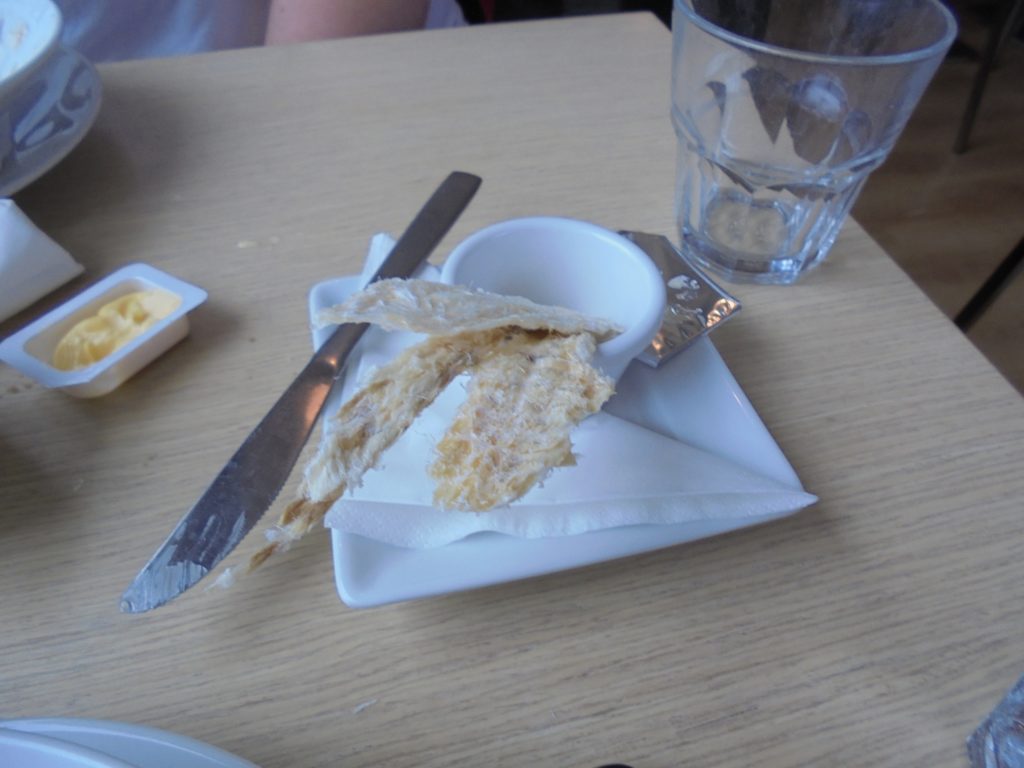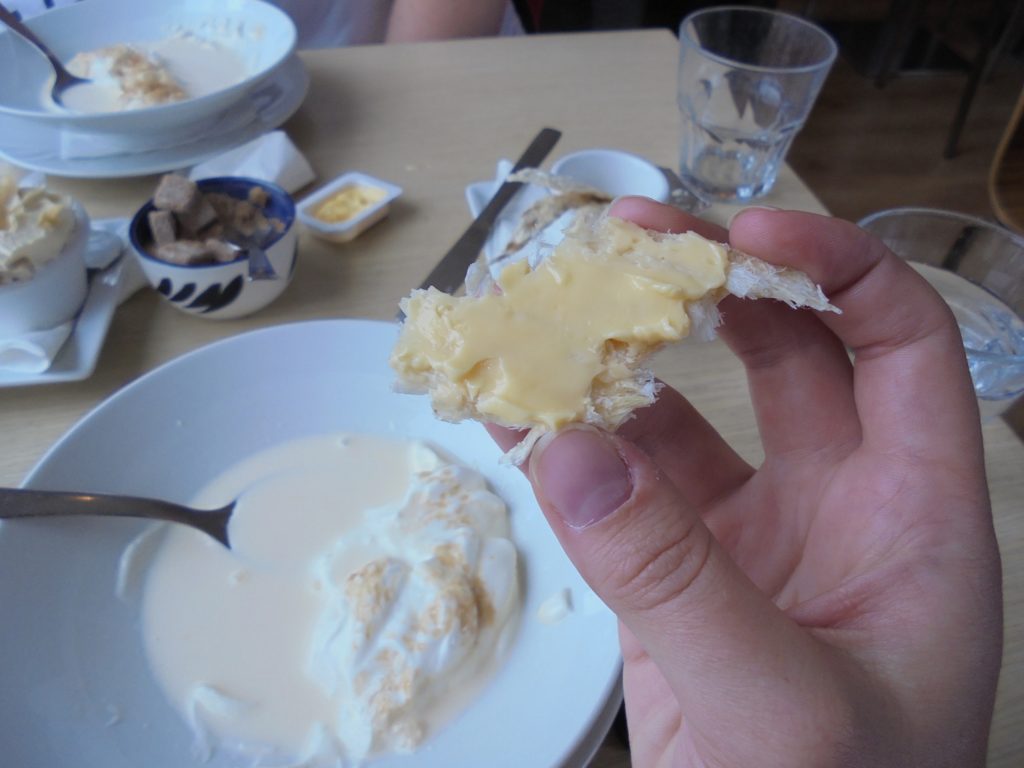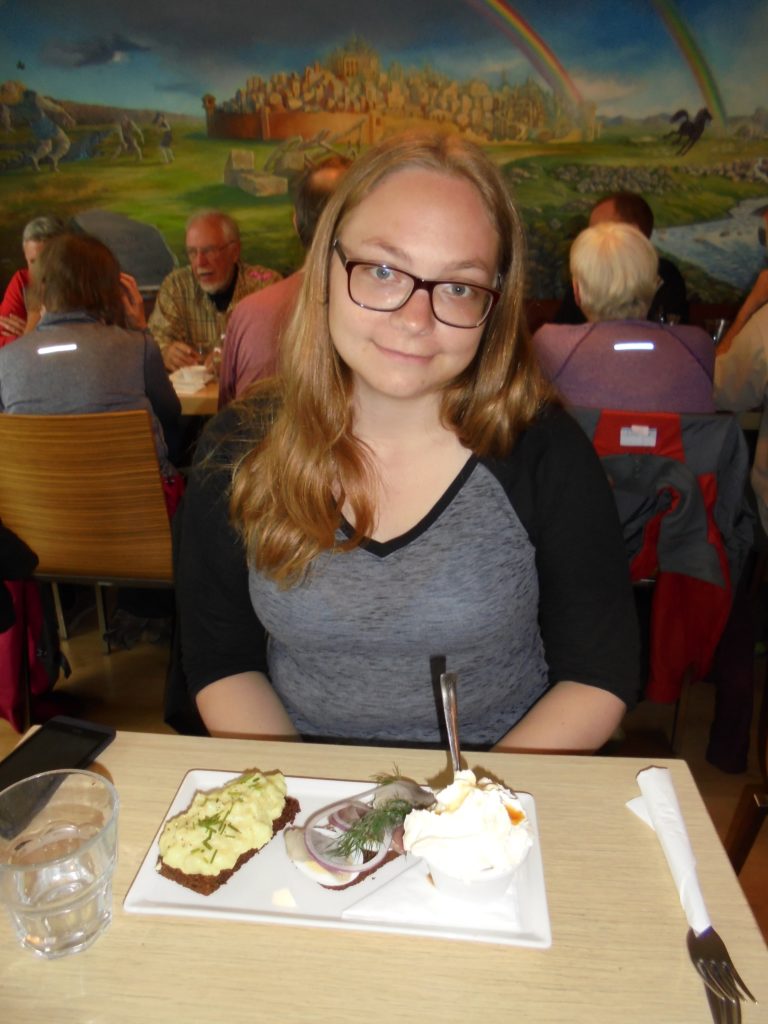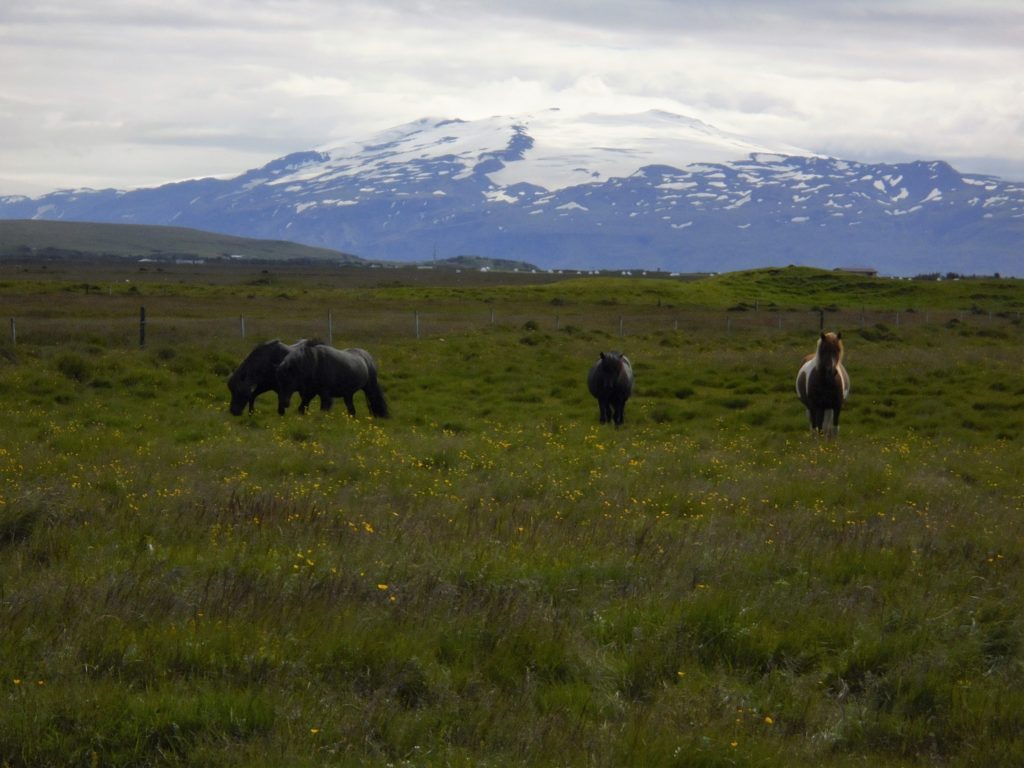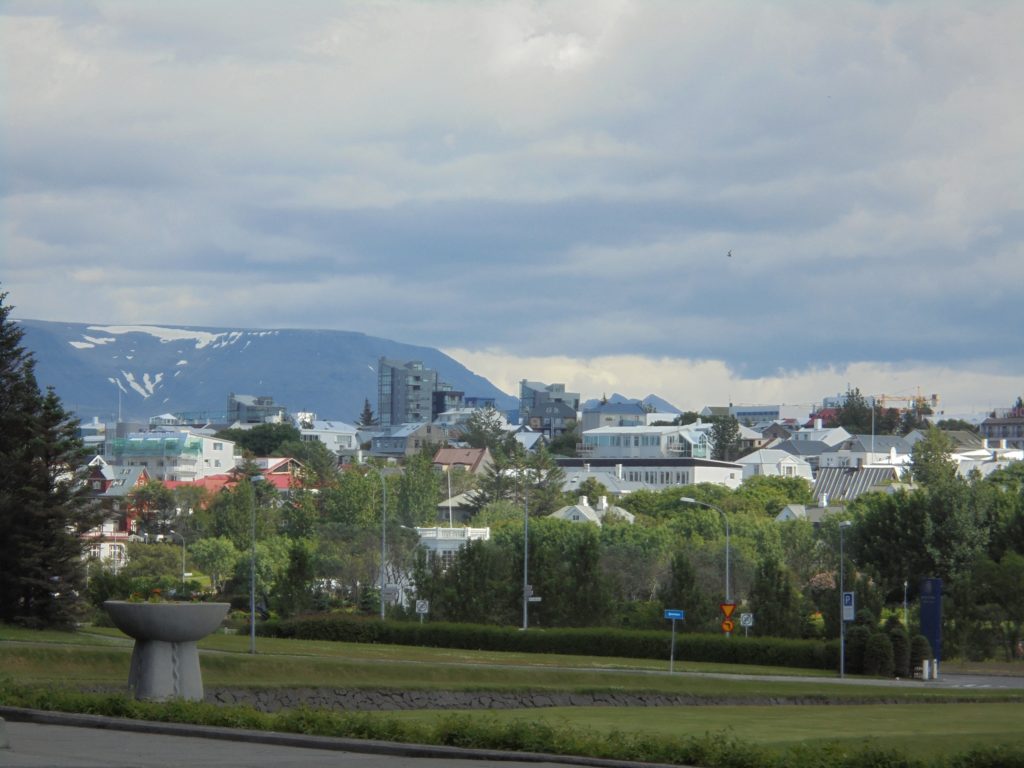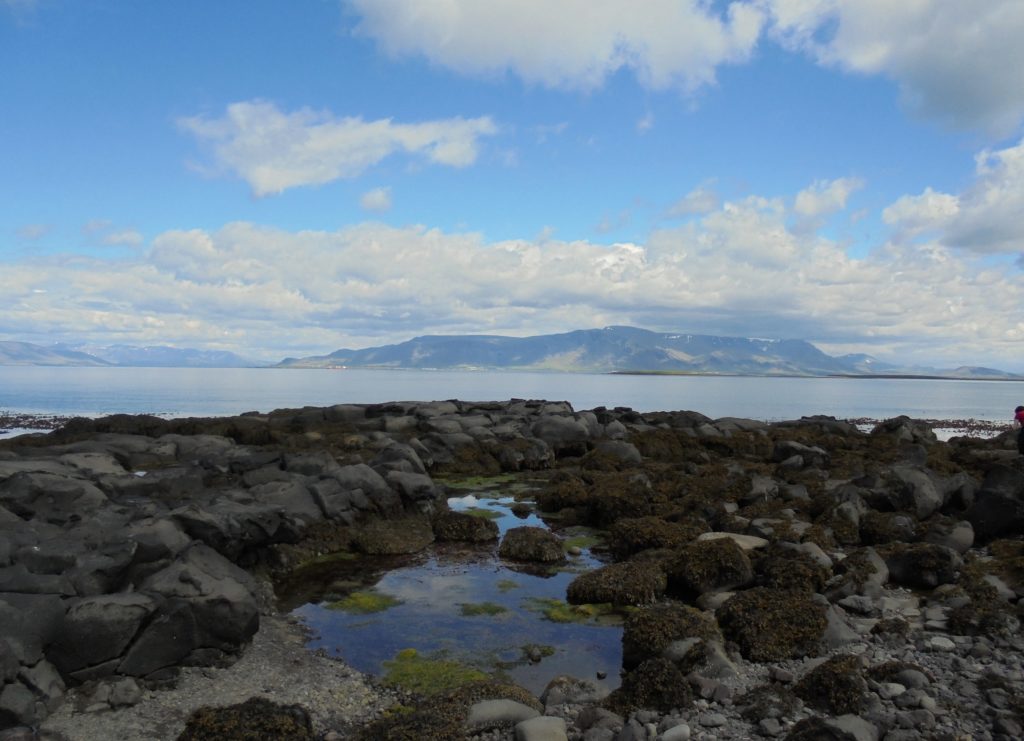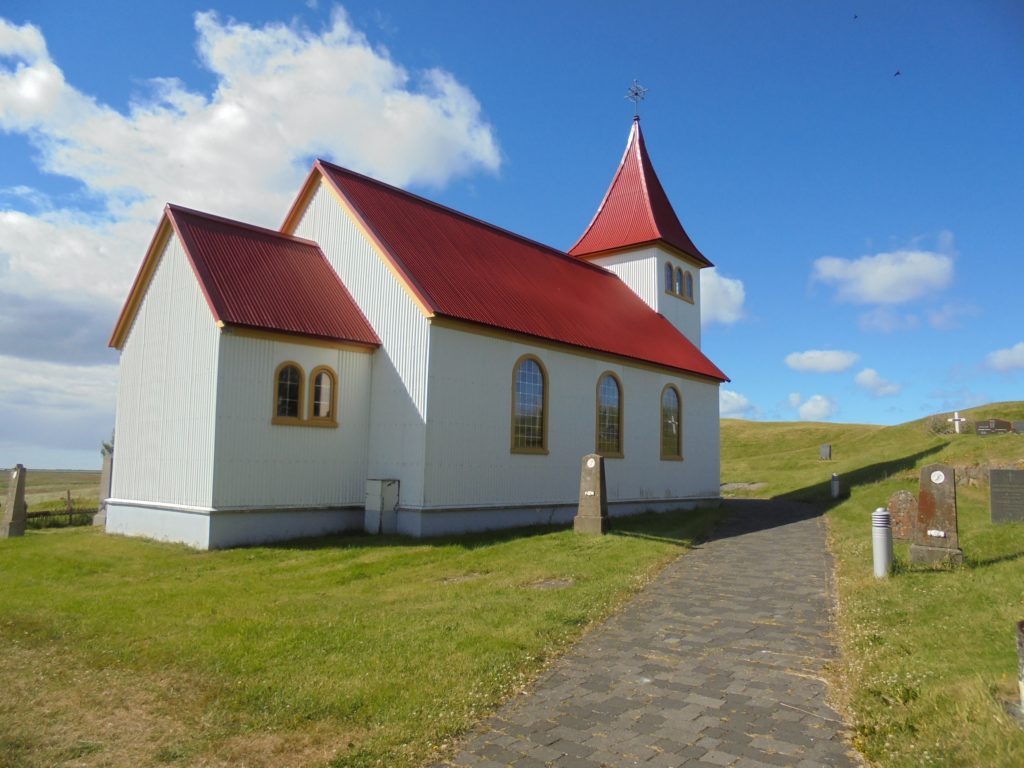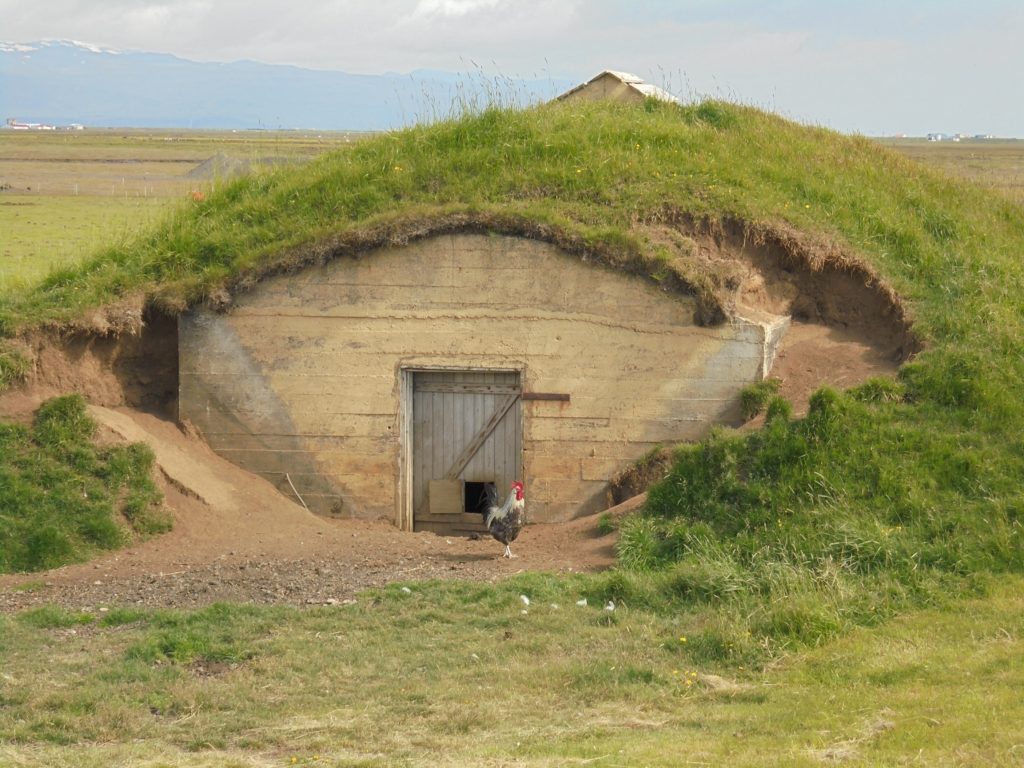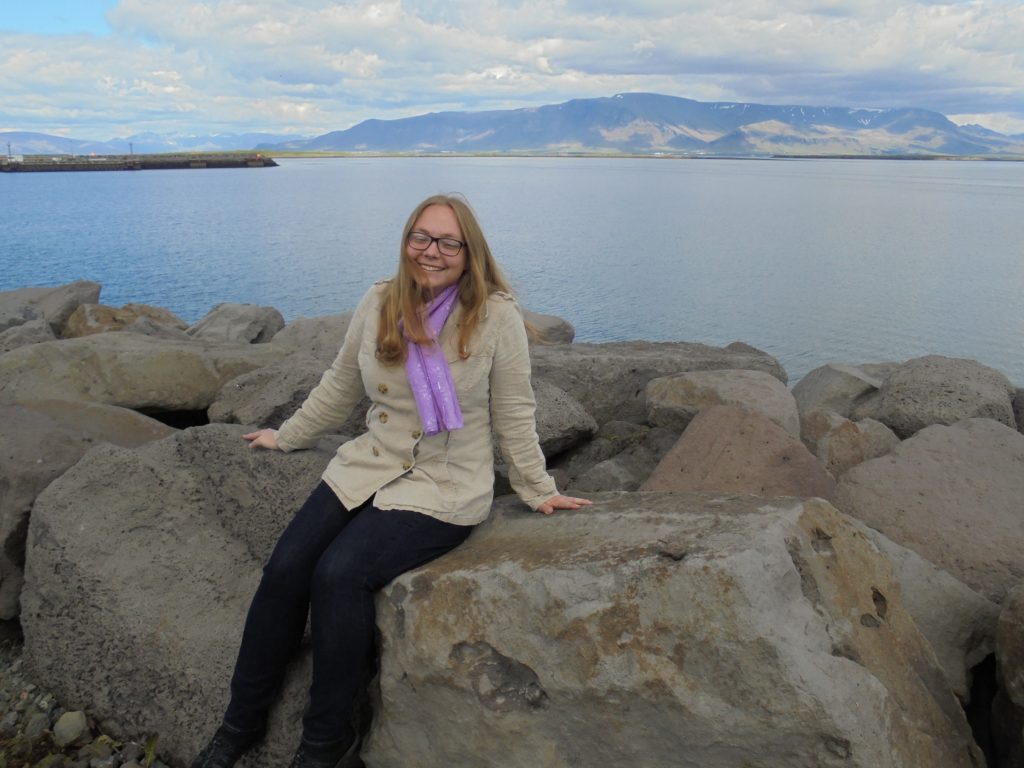I’m back at Notre Dame, and I’m already missing Reykjavík. I miss the people and the school and the city – all of it. But being back does mean that I’ll be able to use my Icelandic in my research, which is quite exciting!
Looking back on what I learned in Iceland, I’m still astonished by how much my language skills improved. I’m still understandably far from fluent, but I’m now able to read texts more fluidly, and I can actually hold a conversation in a language in which I could barely introduce myself in June! Reflecting on the goals I outlined before heading to Iceland, I think I achieved the goals I had set: I feel comfortable holding a conversation in Icelandic (though I need to work on my vocabulary related to my field of research: history of medicine), I can read Icelandic with much greater ease, I met Icelanders with whom I can continue to practice my Icelandic, and I experienced modern Icelandic culture.
My current knowledge of Icelandic would have been impossible without the SLA grant. Icelandic is a language that is rarely taught and has relatively few speakers; going to Iceland was genuinely my only option for studying this language. I was initially worried because I’d never really conversed in the language before going to Iceland, but this allowed me to realize how incredibly effective immersion programs are. I was speaking Icelandic on day one, and on day three I was thrilled when my instructor switched to using Icelandic exclusively. My experience has shown that immersion programs and the SLA grant are appropriate for languages with few available resources and were definitely the best and most productive options for me.
Now that I’m back at Notre Dame, I am going to start reading through the academic journal articles written in Icelandic that I’d found but had been unable to read prior to my trip to Iceland. Additionally, I kept a list of books and resources about the history of medicine in Iceland that I came across while in the country, and I plan on working through that list next. Not only are these books and resources supporting the research I’m doing now, but they’ve also generated new questions and avenues of research. This language has provided me with a ton of material to explore!
I know my work will take me back to Iceland in the future, and I can’t wait!
